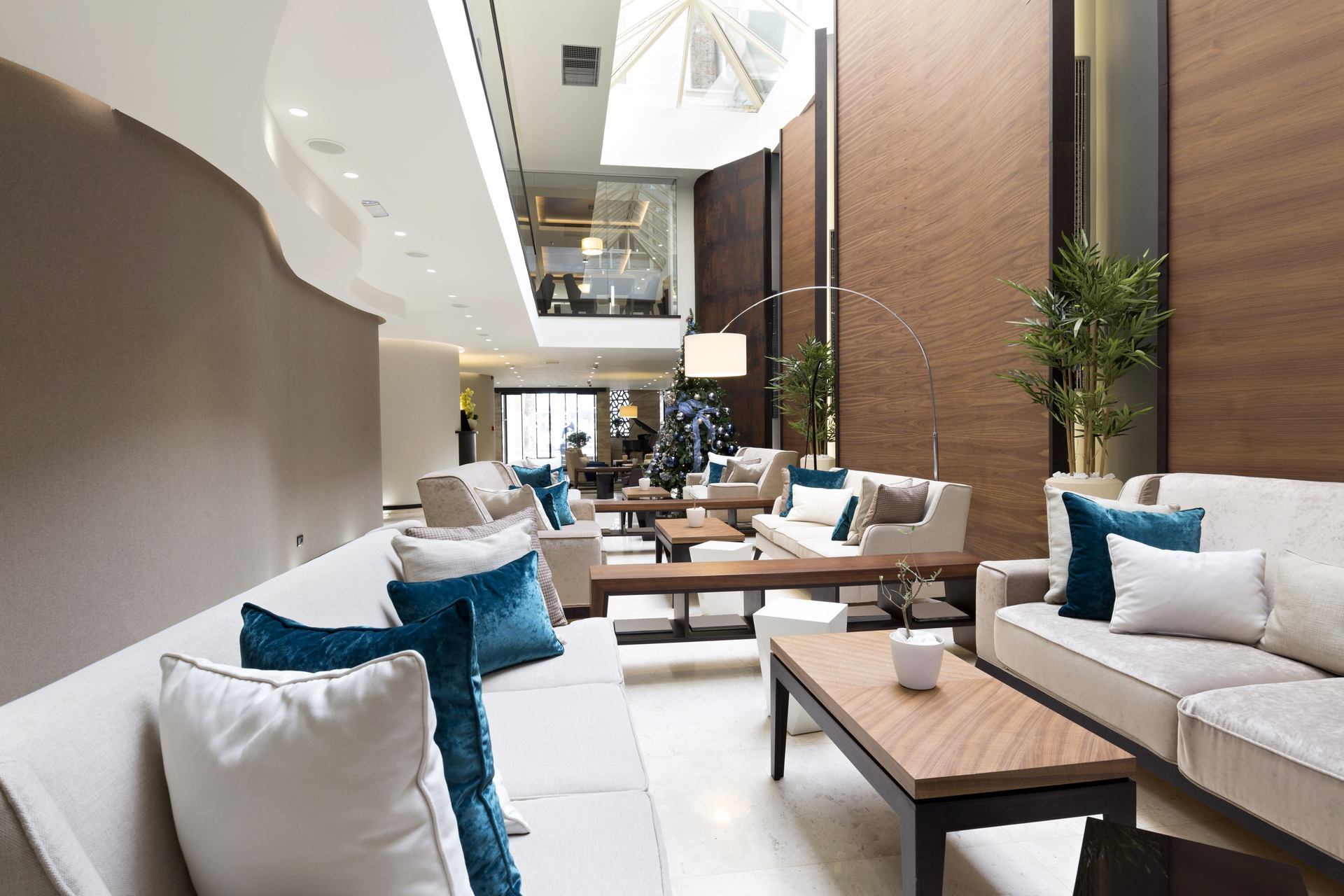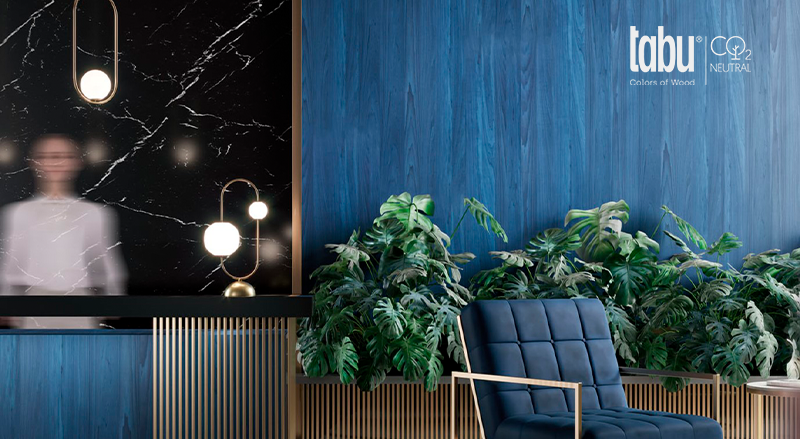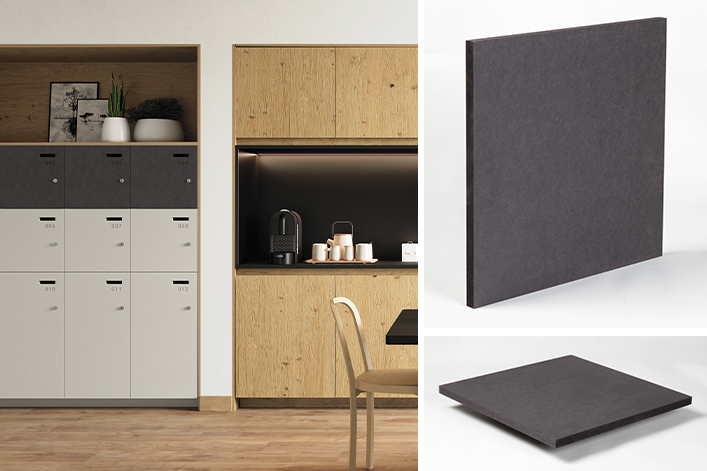
At Plywood Express, we have several techniques we use to join, or “match,” plywood panel faces. The match you select for your project is important, as it will shape the look and style of your project. Which one you select is a matter of preference, and we have several to choose from.
End Match
This technique is used when multiple panels will need to be joined lengthwise, and is often used in walls or long tables. The panels are matched both horizontally and vertically, creating a cohesive look. In End Matching, panel faces can be sequenced, if desired.
Center Match
In Center Match, an even number of veneers is centered on each panel. This alignment creates symmetry and is perfect for showcasing the wood’s natural beauty and grain. This match can be more costly than others, as it requires more trimming of the veneers.
Running Match
The veneers within any one panel will vary in width, resulting in an asymmetrical look. Because a portion of the last leaf in a panel may be used to start the next panel, Running Match is typically not sequenced. There is little wood waste when cutting Running Match panels, so it is an economical choice.
Blueprint Match
As the name suggests, this match is completely customized. Panels are manufactured and then sequenced to the project’s unique specifications. Customers can expect a longer lead time when using Blueprint Match.
Sequence Match
Panel faces are matched for color, and panels of the same size will have grain continuity. With Sequence Match, if different size panels are cut for a project, the grain appearance between the panel sizes may vary.
Whether you desire a distinctive look, or prioritize low-waste manufacturing, at Plywood Express, we can help you select the right panel match and assist you in joining plywood panels. We’ll take into account your style and budget. When you’re ready to plan your next project, don’t hesitate to contact us for more information.





